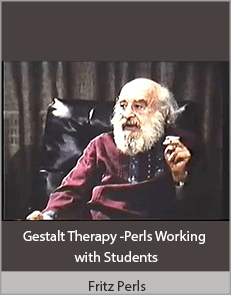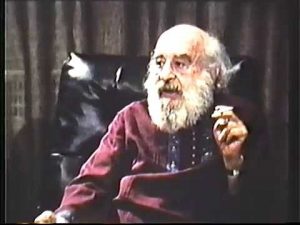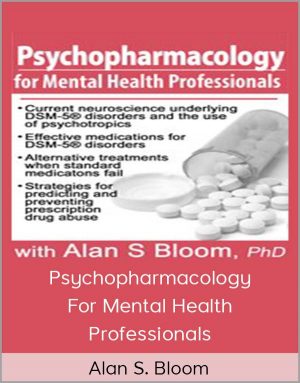Fritz Perls – Gestalt Therapy – Perls Working with Students
$15.00$37.00 (-59%)
Friedrich (Fritz) Perls was born in 1893 in Berlin. Against his family’s wishes, Perls served in the army during World War I. After the war, Perls studied medicine and began treating soldiers with brain injuries.
Fritz Perls – Gestalt Therapy – Perls Working with Students
Check it out: Fritz Perls – Gestalt Therapy – Perls Working with Students
Friedrich (Fritz) Perls was born in 1893 in Berlin. Against his family’s wishes, Perls served in the army during World War I. After the war, Perls studied medicine and began treating soldiers with brain injuries. He was drawn to the work of Sigmund Freud as a teenager, and his experiences treating patients pulled him further down the path toward Freudian psychoanalysis. He studied at the Berlin Institute of Psychoanalysis and in Vienna.
In 1930, Perls married Lore Posner, later known as Laura Perls; the couple had two children and fled the Hitler regime by relocating to Johannesburg, South Africa, in 1933. There, Perls founded a training institute to serve the psychoanalytical community. During World War II, Perls again joined the military and became a psychiatrist with the South African army.
In 1946, the Perls family moved to New York where Perls worked briefly with Wilhelm Reich and Karen Horney. Perls eventually settled in Manhattan and began working with the intellectual Paul Goodman. In 1951, in collaboration with Ralph Hefferline, Goodman and Perls produced the book Gestalt Therapy: Excitement and Growth in the Human Personality, based mostly on Perl’s own research and clinical notes. Shortly after the publication in 1951, the Perls founded the New York Institute for Gestalt Therapy and began conducting training from their apartment in Manhattan. Perls began sharing his theories with all of North America and began traveling extensively to conduct seminars and training workshops.
Later in life, Perls moved to California and became affiliated with the Esalen Institute, in 1964, where he provided workshops and continued to practice and develop Gestalt therapy. In 1969, Perls moved to Vancouver Island, Canada, to establish a training community for therapists. He died the following year in Chicago.
Contribution to Psychology
Developed by Fritz and Laura Perls, Gestalt therapy derives many of its theories from Gestalt psychology, although the approach to therapy does not completely mirror Gestalt psychology. Gestalt psychology emphasizes that the brain is a self-organizing, holistic unit that is greater than the sum of its parts, while Gestalt therapy emphasizes the present moment and personal responsibility. Gestalt therapy also incorporates aspects of Freudian and Reichian psychology.
Gestalt therapy is considered a humanistic, existential psychotherapy and emphasizes the present moment. The practice uses cognitive insight into current experiences, and stresses mindfulness, encouraging a client to explore creativity to achieve satisfaction in areas of life that may have otherwise been blocked. The basis of this approach to therapy is the client’s own awareness of behavior, emotion, feelings, perception, and sensation.
The focus of Gestalt therapy is on relationships—relationships with the world, with other people, and with oneself. Key components of the approach include:
- A strong emphasis on the therapist-client relationship as a healing tool. The therapist doesn’t tell the client what to do or act as the leader of therapy. Instead, therapists emphasize the teaching power of dialogue, with both the therapist and the client aiming for increasing authenticity.
- Balancing data and subjective experience. Rather than prioritizing one source of information over another, therapists emphasize the helpfulness of all types of information, a practice sometimes called phenomenological awareness.
- A person is more than the sum of his or her experiences. Like the theory for which it is named, Gestalt therapy views a client as more than a collection of experiences or symptoms, treating the client as a dynamic organism in a constant state of change and evolution. Therapists draw on existential theories in viewing clients as perpetually reacting to new circumstances and evolving their behavioral repertoire.




















